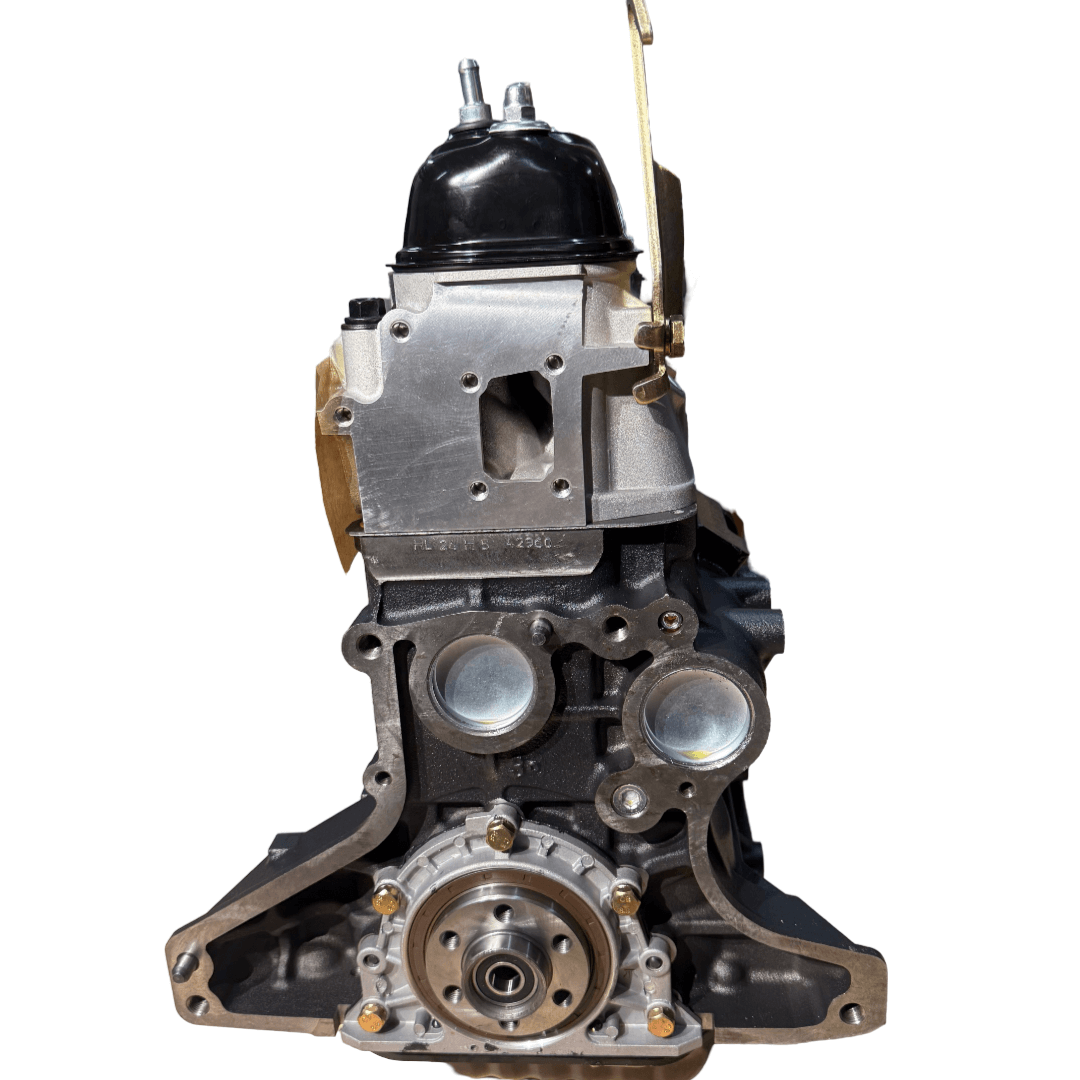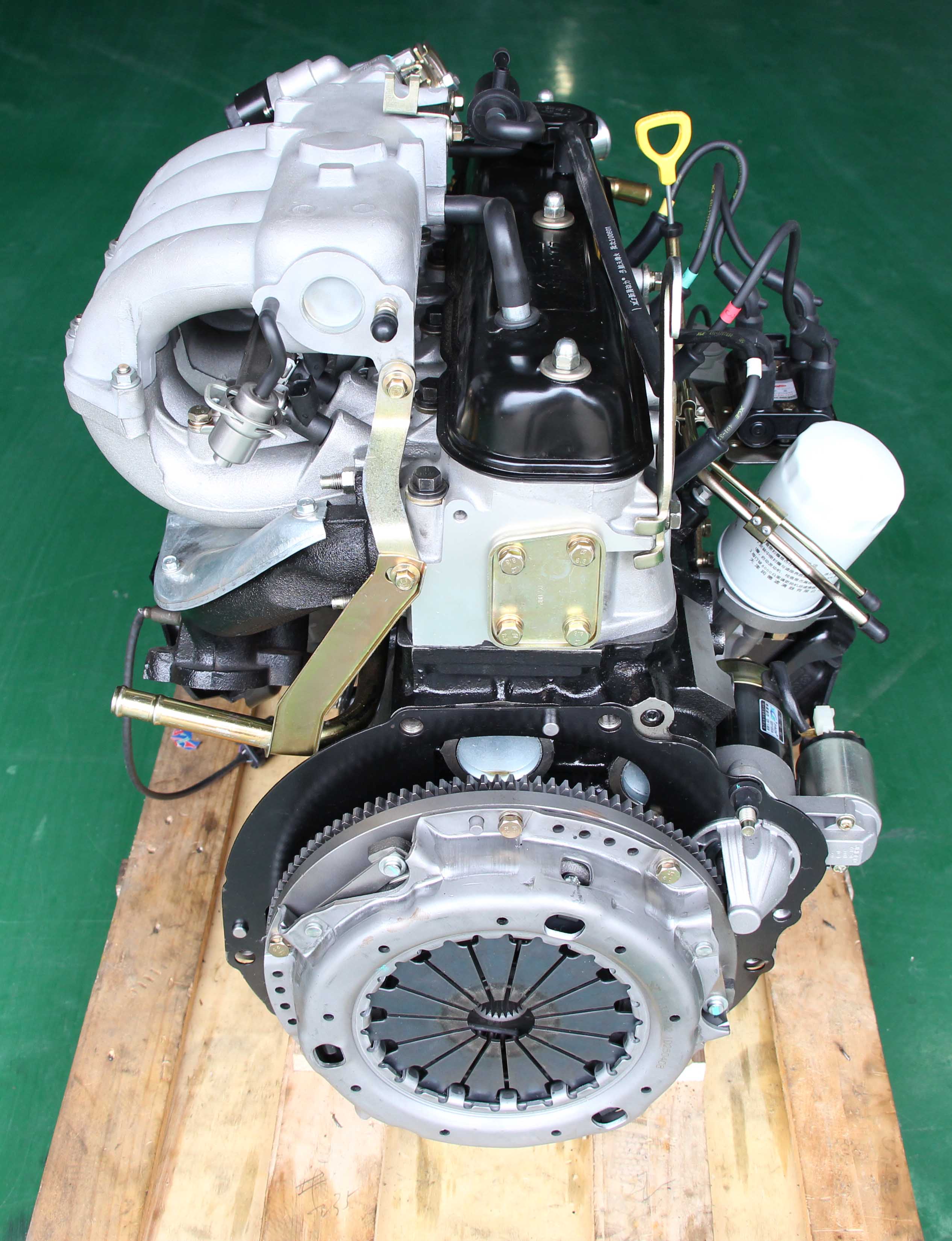The Best Maintenance Tips for Maximizing the Lifespan of Your 4Y Engine
The Best Maintenance Tips for Maximizing the Lifespan of Your 4Y Engine
Blog Article
Why the Engine Is the most effective Selection for Performance and Performance in Your Cars And Truck
The engine stays a critical element in auto design, primarily because of its significant influence on both efficiency and efficiency. As innovations in innovation make it possible for smaller engines to provide remarkable power while enhancing gas economic climate, the combination of features such as turbocharging and hybrid systems comes to be increasingly important. These technologies not just enhance driving experience however additionally address ecological concerns. The concern develops: just how do these elements coalesce to redefine our understanding of automobile performance? Discovering this equilibrium discloses much deeper understandings right into the future of engine layout.
Recognizing Engine Kind
Recognizing the different types of engines is essential for optimizing performance and efficiency in automotive layout. The key engine kinds include internal burning engines (ICE), electric engines, and crossbreed systems, each offering distinct benefits and constraints.
Inner combustion engines, which can be further categorized into gasoline and diesel versions, count on the combustion of fuel to create power. Fuel engines typically give greater RPMs and much better velocity, while diesel engines are recognized for their torque and gas effectiveness, making them optimal for heavy-duty applications.
Electric engines, on the various other hand, use electric motors powered by batteries or fuel cells. They use immediate torque delivery, causing smooth velocity and lower exhausts. The effectiveness of electric engines is dramatically greater than that of ICEs, making them a preferred option for eco-conscious consumers.
Crossbreed systems combine both inner combustion and electrical engines, leveraging the staminas of both modern technologies. They enhance fuel usage by utilizing electrical power at lower speeds and switching to gas or diesel for greater speeds or larger tons.
Picking the right engine kind is important for achieving preferred efficiency metrics and ecological sustainability in modern automotive engineering.
The Influence of Engine Size
Engine size often plays a critical function in establishing an automobile's performance and efficiency. Typically determined in liters or cubic centimeters, engine size directly influences the power result and torque characteristics of a car.
Nevertheless, boosted engine dimension commonly associates with reduced gas effectiveness. Bigger engines consume even more gas, bring about greater exhausts and functional expenses. Manufacturers have to stabilize the need for power with the requirement for fuel economic climate. Smaller engines can provide adequate performance for day-to-day driving while advertising much better efficiency, making them a popular option in mid-size and portable automobiles.
In addition, improvements in engine design, such as turbocharging and straight fuel shot, enable smaller engines to attain power levels equivalent to their bigger equivalents. This trend stresses the significance of not solely concentrating on engine size however also taking into consideration overall vehicle layout and technology (4y engine). Inevitably, the influence of engine size on efficiency and efficiency highlights the need for consumers to analyze their particular driving requirements and preferences when picking a car
Advanced Engine Technologies
Innovations in engine innovations have dramatically reshaped the landscape of automobile efficiency and performance, structure upon the foundational concepts established by engine size. Especially, advancements such as turbocharging and direct gas shot have actually made it possible for smaller engines to deliver power levels previously connected with bigger counterparts. Turbochargers compress air going into the engine, enabling raised power result without an equivalent increase in engine dimension, while straight shot maximizes gas shipment, improving burning effectiveness.
Furthermore, variable shutoff timing systems have emerged as an essential modern technology, permitting engines to readjust valve operation based on driving problems. This flexibility boosts both efficiency throughout acceleration and fuel efficiency during cruising. Hybrid and electric engine innovations further illustrate the change in auto style, integrating conventional internal combustion engines with electric motors to optimize performance while minimizing discharges.
Additionally, developments in products scientific research have led to lighter, extra sturdy engine elements, even more boosting efficiency and longevity. The assimilation of innovative electronics and engine control devices likewise enables real-time modifications, making sure optimal efficiency across numerous conditions. Jointly, these sophisticated engine technologies not just improve lorry efficiency however also add to a more lasting automobile future, showing the continuous advancement of engine style.
Harmonizing Power and Effectiveness
Striking a balance between power and performance is vital in modern vehicle design as makers look for to satisfy significantly stringent emissions guidelines while satisfying consumer need for efficiency (4y engine). The challenge exists in optimizing engine attributes to supply robust power outcome without sacrificing gas economic situation
To accomplish this equilibrium, designers employ different approaches, such as turbocharging, which enhances engine power forcibly in even more air, enabling a smaller engine variation that boosts gas efficiency. Variable valve timing innovations additionally play a significant role, allowing engines to readjust their performance features based upon driving problems, consequently improving both power and performance.
In addition, developments in materials and producing strategies have resulted in lighter engine elements, which minimize general lorry weight and boost gas performance without endangering power. Crossbreed modern technologies have actually additionally arised as a viable solution, combining traditional internal combustion engines with electrical powertrains to give a boost in performance while preserving lower emissions.

Future Trends in Engine Design

Additionally, the development of sophisticated products, such as lightweight compounds and high-strength alloys, is readied to reinvent engine components. These materials not just reduce weight however also enhance thermal performance, thus go to this site enhancing efficiency. Additionally, makers are exploring variable compression ratios, permitting engines to adapt to different driving problems, boosting both power output and fuel economy.
Even more, the surge of additional reading synthetic intelligence and artificial intelligence in engine style is making it possible for predictive maintenance and real-time performance optimization. This innovation can bring about engines that self-adjust for maximum efficiency based on driving patterns.

Final Thought
In verdict, the engine serves as a crucial component in attaining optimum efficiency and effectiveness in modern vehicles. The interaction in between engine size and design continues to advance, driving developments that balance exhilarating performance with environmental sustainability.
Additionally, innovations in engine layout, such as turbocharging and direct fuel shot, allow smaller sized engines to attain power levels comparable to their bigger counterparts.Innovations in engine modern technologies have significantly improved the landscape of vehicle performance and performance, building upon the fundamental ideas developed by engine size. Turbochargers press air getting in the engine, enabling for increased power result without a matching rise in engine size, while straight injection maximizes fuel distribution, improving burning effectiveness.
Crossbreed and electric engine modern technologies even more highlight the shift in auto style, incorporating conventional inner combustion engines with electric motors to make best use of effectiveness while lowering discharges.
Jointly, these advanced engine innovations not just improve automobile performance however likewise contribute to a more lasting auto future, discover here demonstrating the recurring evolution of engine style. (4y engine)
Report this page